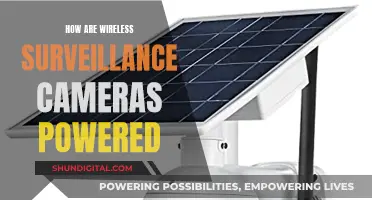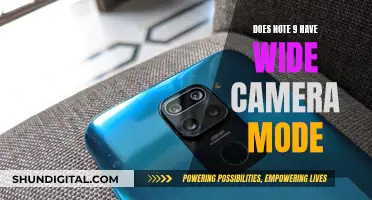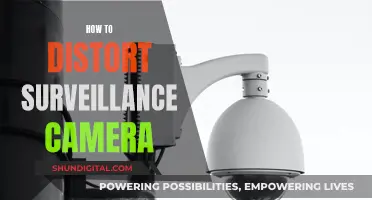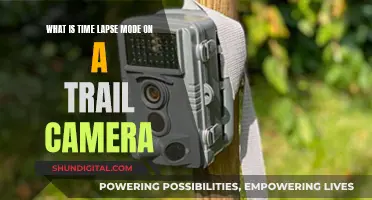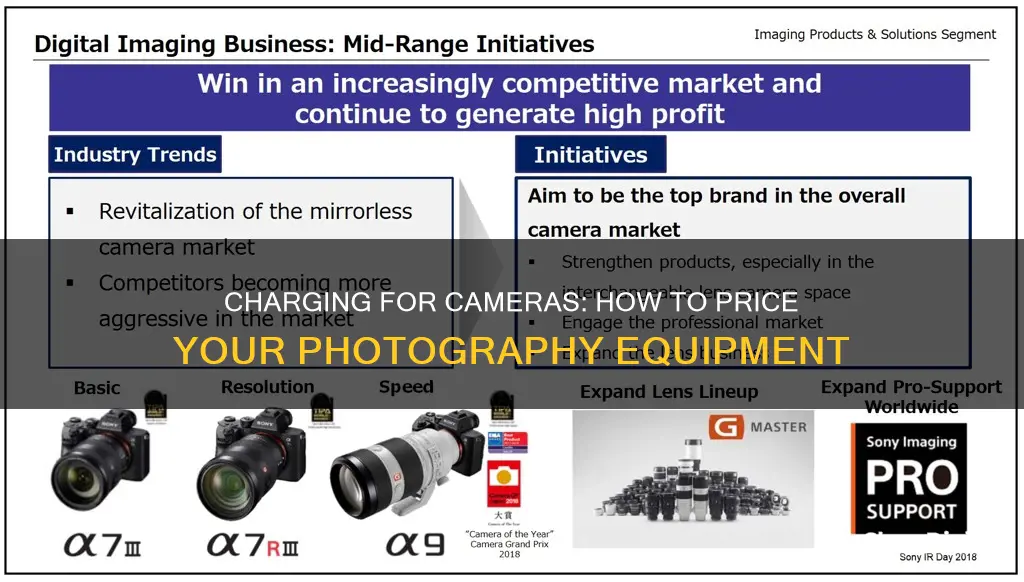
Deciding how much to charge for your camera services depends on a variety of factors, including your level of experience, the genre of photography, and the specific needs of each client.
For beginners, photography rates typically range from $25 to $150 per hour or a few hundred dollars per session. More experienced photographers can command higher fees, with rates ranging from $75 to $500 per hour or more.
When setting your rates, it's important to consider the costs involved in running your business, including equipment, post-processing software, marketing, insurance, and other overhead expenses. You should also factor in the time and effort invested in each project, including pre-production, post-production, and travel time.
Additionally, certain genres of photography, such as wedding, commercial, and event photography, may require specialised skills or equipment, which can justify higher rates.
It's also worth noting that you can choose to charge by the hour, by the day, or per project, depending on your preferences and the specific demands of the job.
What You'll Learn

Hourly rate vs. flat rate
When it comes to setting rates for your photography services, you can choose between an hourly rate or a flat rate. Both have their advantages and disadvantages, and the best option for you will depend on your level of experience and the type of photography you're offering.
Hourly Rate
The hourly rate option is great if you're working at an event, such as a wedding or corporate function. It's also a good choice if you're just starting out in the photography business, as it allows you to be paid for your time and ensures you're not undercharging for your services. When setting an hourly rate, be sure to analyse the rates of other photographers in your area, and try not to exceed the average. Don't forget to include the time spent editing pictures in your total bill.
Flat Rate
Many beginner photographers choose to charge a flat rate for their services. However, this can be disadvantageous if you don't properly understand how to price your services. If you choose this option, be sure to discuss with the client exactly what will be included in the final payment, such as location selection, time spent on post-processing, and printing. A contract can be useful in this situation, clearly outlining all the steps of the job and the time required for each.
The best option for you will depend on your level of experience and the type of photography you're offering. If you're a beginner, an hourly rate is often a safer choice as it ensures you're properly compensated for your time and avoids undercharging. More experienced photographers may prefer a flat rate as they can accurately estimate the amount of work required for a particular project. Ultimately, you may choose to utilise both options, depending on the job.
Charging Camera Batteries: A Quick Guide to Powering Up
You may want to see also

Experience-based rates
When setting freelance photography rates, experience is a major factor. Here is an overview of how experience affects freelance photography rates:
Beginners
Beginner photographers typically offer their services for between $25 and $75 per hour. This rate is for taking photos that appear on blogs, small websites, or in local advertisements. However, these photographers usually lack basic photography knowledge. So, if you understand the fundamentals and standard practices of photography, you are ahead of this group.
Students
There are many photography students eager to start working. These photographers can usually ask for more money than hobbyists since they have some formal training. The typical hourly rate is between $50 and $100 per hour, depending on which school they attend, how far along they are in their studies, and whether they have any professional experience.
Entry-level photographers
Photographers who are just starting in the world of professional photography after taking some formal education typically charge $50-$150 per hour or $25-$125 per image. Since their amount of professional experience is probably limited, the same factors that affect student photographer rates also apply here.
Professional photographers
Photographers with real experience can typically charge $75-$250 per hour. With higher pay, clients expect these photographers to know all the ins and outs of the craft, including having great pre-production and post-production skills.
Top photographers
Photographers who climb their way to the top of the field to become high-end photographers can charge way more, from about $250-$500 per hour ranging up to as much as $10,000 per day.
It's important to note that these rates are not set in stone and can vary depending on various factors such as location, type of photography, and client demands. Additionally, freelance photographers may offer lower rates to build their portfolio and gain experience, gradually increasing their prices as they become more established.
Charging Camera Batteries: First-Time User Guide
You may want to see also

Overhead costs
- Batteries: Some cameras come with a single battery, while others don't include any. Batteries are essential for powering your camera, and their price varies depending on the camera system. They can range from $15 to over $500 each. It is important to consider how much power your camera draws and how many batteries you will need to last through a day of filming or shooting.
- Battery Chargers: Most smaller cameras come with a battery charger, but for mid to high-range options, you may need to purchase one separately. The price of battery chargers can vary, and you may need multiple chargers or a charger that can charge multiple batteries simultaneously.
- Media: Different cameras use different types of media, such as memory cards or hard drives, to store photos and videos. The cost of media can vary significantly, and it is crucial to consider the recording format, codec, resolution, and frame rate you will be using to determine how much media storage you will need.
- Card Readers: To view, ingest, copy, or use your media, you will need a compatible card reader. The cost of card readers can vary depending on the camera and capture format.
- Lenses: Lenses are a significant investment and can cost anywhere from $1,000 to $2,000 or more, depending on whether they are used or new. It is important to consider the lens mount, focal length, aperture, and other factors when choosing lenses for your camera.
- Camera Cage: A camera cage provides a rigid frame to mount various accessories, such as monitors, microphones, and handles, to your camera. The cost of a camera cage can vary depending on the camera model and the features offered by the cage.
- External Monitor: While some cameras have built-in monitors, others may require an external monitor for better visibility, especially when shooting outdoors. The cost of external monitors can vary depending on size, resolution, and features.
- EVF (Electronic Viewfinder): An EVF can be helpful for composing shots, especially in bright sunlight or low-light conditions. The cost of an EVF can vary depending on the features and compatibility with your camera.
- Audio Equipment: On-camera microphones, shotgun microphones, and audio recorders are essential for capturing high-quality audio. The cost of audio equipment can vary depending on the type and features offered.
- ND (Neutral Density) or Variable ND Filters: These filters can help control the amount of light entering the lens, allowing you to achieve the desired exposure or creative effect. The cost of ND filters can vary depending on the size, quality, and features offered.
- Tripod: A tripod provides stability and helps reduce camera shake, especially when shooting in low-light conditions or using long exposure times. The cost of a tripod can vary depending on the material, height, weight capacity, and other features.
- Shoulder Rig and Camera Support: For extended shoots or when using heavy camera setups, a shoulder rig or camera support system can provide comfort and stability. The cost of these systems can vary depending on the features and build quality.
When budgeting for a camera, it is essential to consider not only the cost of the camera body but also the additional overhead costs associated with getting the camera up and running. These costs can include batteries, battery chargers, media, card readers, lenses, camera cage, external monitor, EVF, audio equipment, ND filters, tripod, and shoulder rig or camera support system. By doing thorough research and considering your specific needs, you can make informed decisions about the camera and accessories that best suit your requirements and budget.
The Ultimate Guide to Camera Battery Chargers and Converters
You may want to see also

Fixed and variable costs
When setting prices for your camera products, it is important to consider the fixed and variable costs involved in producing and selling them. Fixed costs remain the same regardless of how many units you produce and sell, while variable costs change in proportion to your production and sales volume.
Fixed Costs
Fixed costs are expenses that your business incurs regardless of whether you produce or sell any units. These costs are typically independent of your business activities and need to be paid even if your production or sales volume is zero. Examples of fixed costs include:
- Lease and rental payments
- Insurance
- Property tax
- Depreciation
- Certain salaries
Fixed costs are usually considered long-term costs since they are less flexible and may change over time due to factors unrelated to production or sales.
Variable Costs
Variable costs, on the other hand, are expenses that change in proportion to your production and sales volume. These costs increase when your production or sales increase and decrease when your production or sales decrease. Variable costs are typically considered short-term costs as they can be adjusted quickly. Examples of variable costs include:
- Raw materials
- Labor
- Utilities
- Commissions
- Distribution costs
- Credit card transaction fees
- Shipping expenses
Variable costs are crucial in determining a product's contribution margin, which is used to set target profit levels and break-even points.
Semi-Variable Costs
It is also worth noting that some costs fall between fixed and variable costs, known as semi-variable, semi-fixed, or mixed costs. These costs have both fixed and variable components. For example, compensation for employees who earn a base salary plus commissions. The base salary is the fixed part, while the commissions vary depending on sales or production levels.
Understanding the difference between fixed and variable costs is essential for effective financial planning, pricing, and profitability analysis. By considering these costs, you can make informed decisions about pricing strategies, cost reduction initiatives, and overall business strategy.
Charging Cameras on 'Alone': Powering the Ultimate Survival Show
You may want to see also

How to discuss pricing with clients
Discussing pricing with clients can be a tricky aspect of running a business, but there are several strategies you can use to make the process easier and more effective. Here are some tips on how to discuss pricing with clients, specifically tailored to the photography industry:
Be Transparent and Upfront About Pricing
It is important to be transparent and upfront about your pricing. Hiding your prices or being uncomfortable discussing them with clients can negatively impact your ability to make a sale. Presenting your pricing early on in the sales process allows potential clients to make an informed decision about whether your services are within their budget. It also enables them to do their own research and compare your offerings with those of your competitors.
Understand the Value of Your Service
When discussing pricing, it is crucial to communicate the value of your service or product. Explain to your clients why your photography is worth the price you are charging. Highlight the unique experience you offer, the quality of your work, and any additional benefits they will receive by choosing you. This will help potential clients understand the value they are getting for their money.
Provide Clear and Simple Pricing Information
Make sure your pricing information is clear, simple, and easy to understand. Avoid overwhelming your clients with too many options or complicated packages. Instead, create straightforward packages that meet the needs of your target audience. Be transparent about what is included in each package and provide a detailed breakdown of the services offered. This will help your clients make an informed decision and reduce confusion or misunderstandings.
Use Pricing Psychology in Your Package Design
When creating your packages, consider using pricing psychology to make your offerings more appealing. For example, present three main packages with the ability to customize. Package II, or your "signature" package, should be designed to be the most appealing and commonly booked option. Package III serves as your highest-end package and a price anchor, creating a "sticker shock" effect that makes Package II seem more reasonable in comparison. This technique can help potential clients perceive more value in your mid-range option.
Understand Your Client's Needs and Budget
Take the time to understand your client's needs, budget, and expectations. Ask questions to determine their specific requirements, constraints, and decision-making process. By understanding their needs, you can tailor your offerings and create a package that aligns with their budget and provides the most value to them. This demonstrates your flexibility and willingness to work with them to find the best solution.
Be Flexible and Prepared to Negotiate
Negotiation is a part of the pricing discussion, and it's important to be flexible and open to finding a mutually beneficial agreement. However, know your worth and be confident in your pricing. If a client requests a discount, use it as an opportunity to negotiate specific terms or upsell additional services. Be prepared to walk away if the client's expectations are unrealistic or if they are not a good fit for your business.
By following these strategies, you can effectively discuss pricing with your clients in the photography industry. Remember that pricing discussions are a normal part of the sales process, and by being transparent, confident, and client-focused, you can increase your chances of securing more bookings and growing your business.
Charging the Polaroid IE826: A Quick Guide
You may want to see also
Frequently asked questions
It depends on the duration of the rental, the complexity of the task, and whether you will be providing your own equipment. Charges can range from $750 to $1500 per day.
Freelance cameraman rates vary depending on experience and expertise. Beginners typically charge between $25 and $75 per hour, while students or entry-level professionals can charge between $50 and $150 per hour. Experienced professionals can command rates of $250 to $500 per hour or more.
There are several factors to consider when setting your photography rates, including experience level, type of photography (e.g. event, wedding, portrait), location, and competition. Rates can range from $25 per hour for beginners to over $10,000 per day for top photographers. It's important to consider your costs, including equipment, post-processing, travel, and advertising, when setting your rates.
To grow your photography business, consider offering competitive rates, providing high-quality images, and ensuring customer satisfaction. You can also save on material costs by finding a vendor you regularly work with and purchasing materials in bulk. Additionally, tools like the NPPA Calculator can help you determine your pricing model by taking into account factors such as studio rent, marketing costs, insurance, and your desired income.




